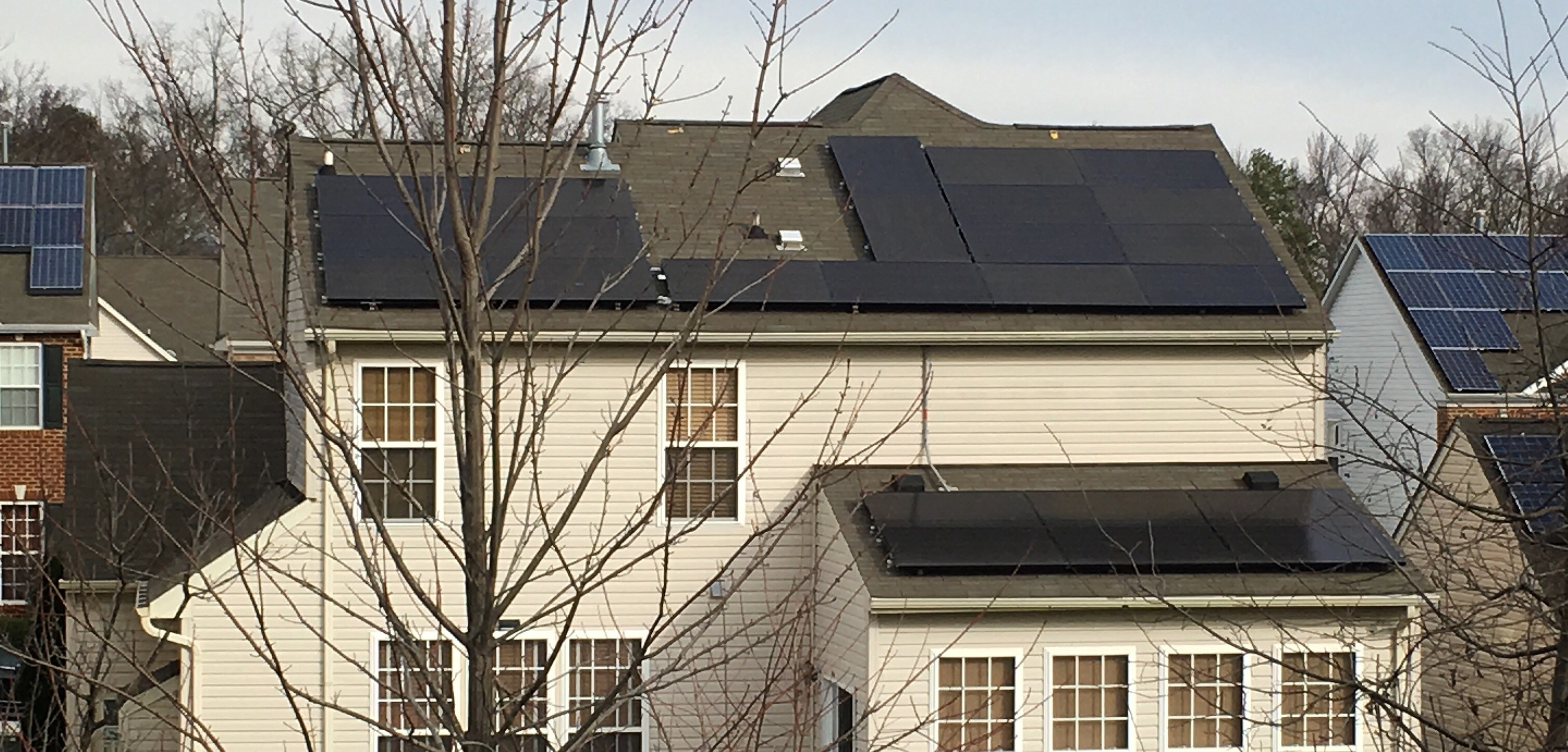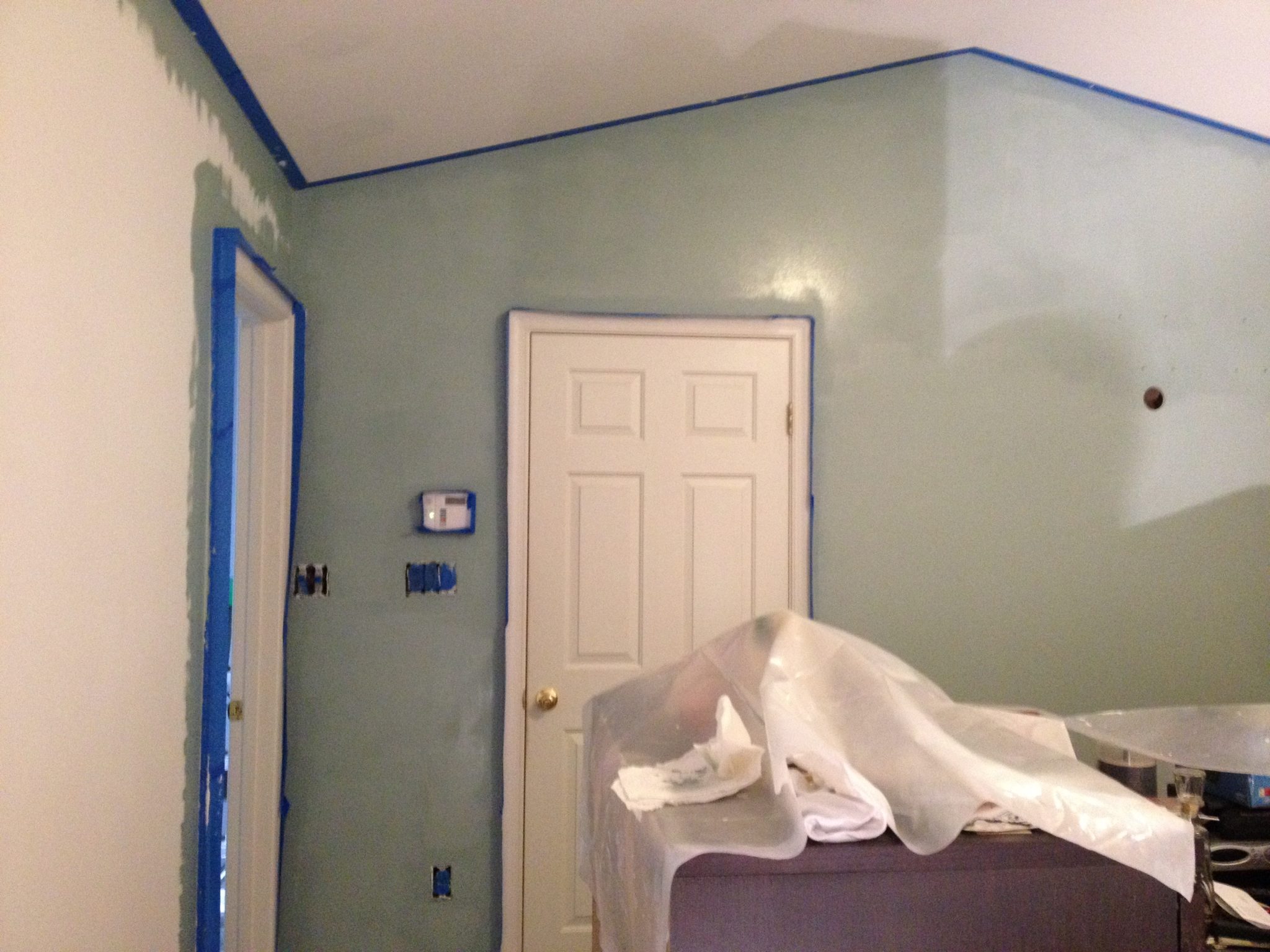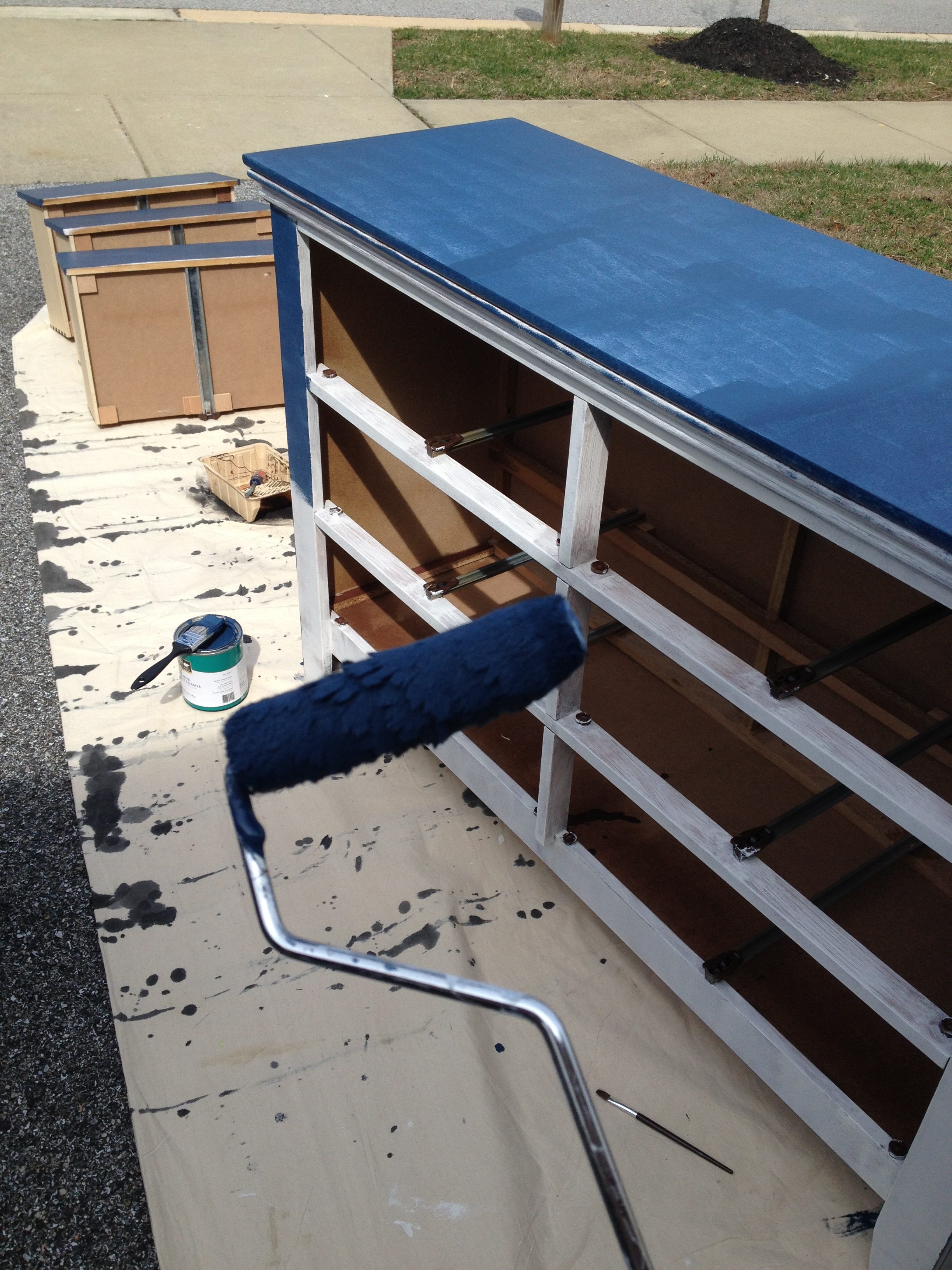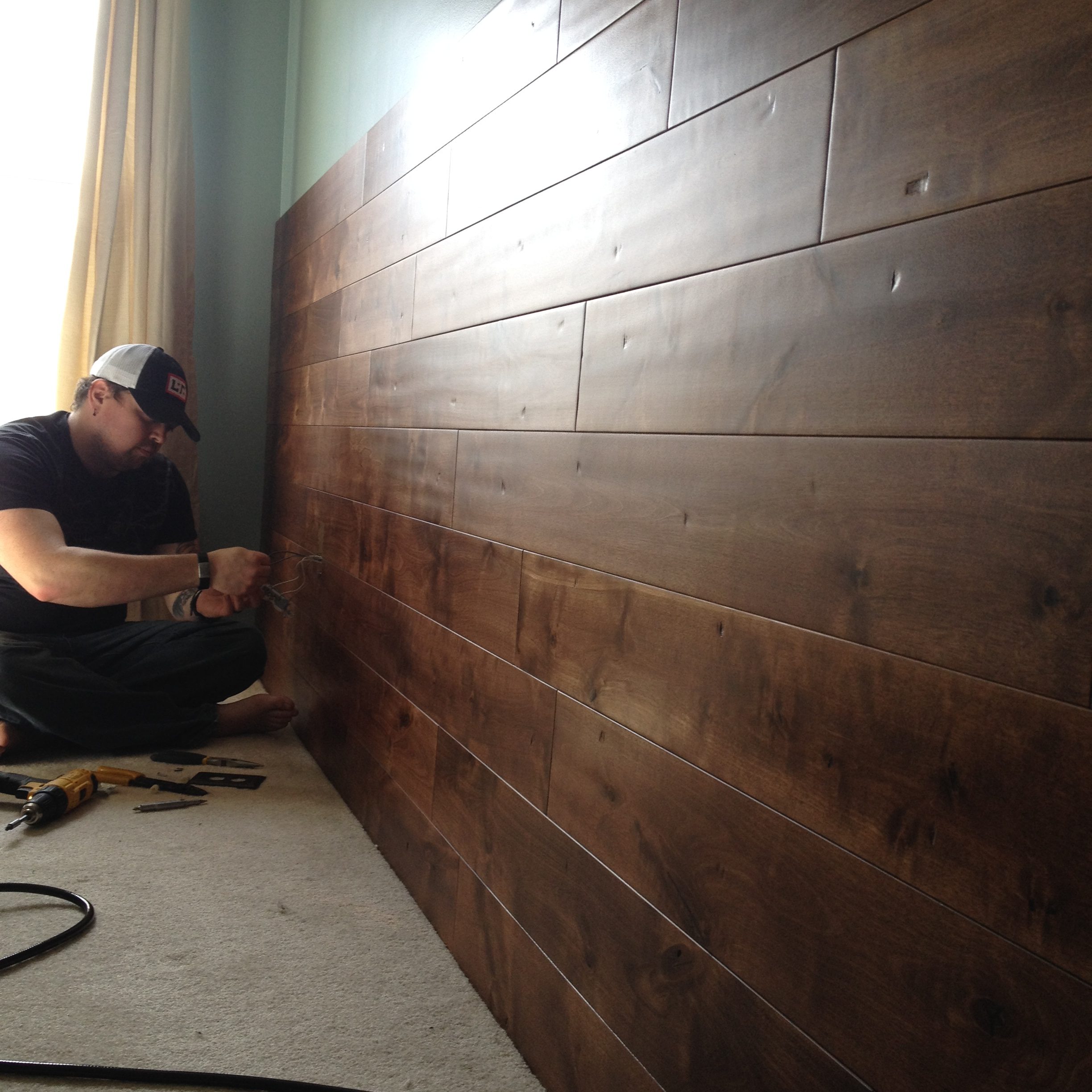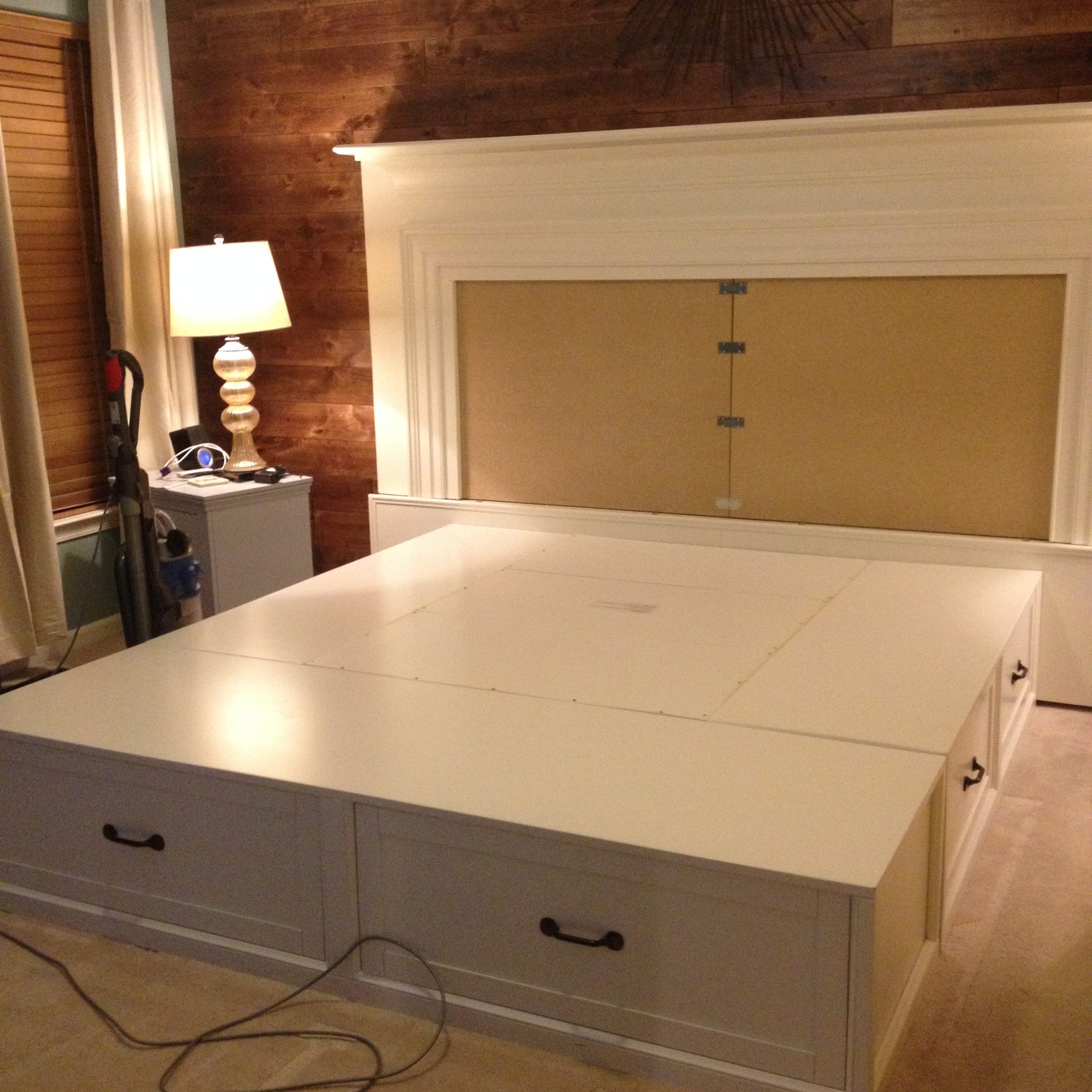There is literally no subject matter that I’m more passionate about at the moment than residential solar panels. It literally gets my blood boiling that often lease-option salespeople, promising “free install and equipment,” “reduced energy bills,” “environmental benefits,” “no cost maintenance,” are preying on my neighbors and my friends, without going over the negatives of doing this! Please let this be your warning!
DO NOT, and I repeat DO NOT, buy or lease solar panels for your home from any company that is going door-to-door in your neighborhood or working at a kiosk at a mall! Solar panels are something you MUST do your homework on. They are huge investment if done properly, and have serious downstream effects if not. Research, research, research. As with any major home project, talk to 3-5 vendors (preferably recommended by trusted and financially-sensible friends and family), before you decide. And, always remember: if something is “too good to be true” it probably is!
How Solar Works, the Short Version
It’s important to start with the “how residential solar systems work” basics before getting into the steps to proceed with your own project. Clearly, solar panels need sunlight in order to generate electrons, making them most ideal in sunny geographical locations. (The vendors you shop will provide the annual sun hours projected for your home). The electrons flow from the panels into inverters or other electrical safety devices. Here, the inverters convert the direct current (“DC”) into alternating current (“AC”) electricity, which is the type of power you use to run outlet devices in your home. A bi-directional meter on the outside of your home keeps tabs on the amount of power your solar system generates. Any energy you don’t immediately use goes back into the grid through the meter. At night, or on low sunlight days, the extra solar electricity you generated will be credited against your local energy company bill — the main reason why you need to keep your electric company in place, to keep you up and running during non-sun hours. Metering is similar to having a virtual battery backup system, and is the most common solar setup. If you live in an area that uses what’s known as “time of use” (TOU), you’ll get a meter that can also track the time of day you’re generating electricity from your solar panels.
Finally, if you produce more energy than you consume, you’ll have a credit with your local electric company. You may have an option to settle your bill either monthly or at the end of a 12-month period, most often at the current retail electricity rate.
Ultimately, your energy output will be based on numerous factors. Some of which include:
- Direction towards the sun
- Number of panels
- Number of kW each produces
- Weather in your area
- Number of sun hours
Buy vs. Lease
The cost of solar equipment and installation has dramatically been decreasing since 2006, making it more financially compelling to hop in feet first. Let’s review the two dominant options.
Owning: You ARE Your Own “Energy Company”
Buying is the SMARTER option, the more financially-savvy decision with greater payoffs in the long run. Hands down. Owning solar panels is an asset. In many cases, solar companies will offer loan programs to both cover the incentives* from the government (until you can get your refund at tax time), as well as the balance of the install. It may seem like a huge chunk of change up front, but find out your “break even” date and from that…how many years after that you will have completely FREE solar energy (something you won’t get when you lease). Consider it “prepaying your local energy company” for the next 5~ years of energy, but getting 25+ years of realized energy from your panels. Additionally, make sure to ask for projected SREC** income, an additional owning incentive. Just think about your future home sale listing, saying “OWNED Solar Panels.” The average boost to sale price nationwide is $9,274 for the median-valued home with solar panels included as an asset with the house. If the break-even on energy usage and SREC revenue is not enough, you’re likely to recoup most of your cost at the time of your home sale. Three different ways that ownership pays for itself.
When financing is your desired route:
Let’s say your install is around $10,000 after the immediate tax credits from the government. At 5% 20-year, fixed-rate interest, with $500 payments each month, you could pay the whole system off at just 2 years with total interest in the $500~ range. That’s 23+~ years of FREE energy! You can learn more about how we paid off our 20-year solar loan fast on the blog too.
*The Investment Tax Credit (ITC) is a 30 percent federal tax credit for solar systems on residential and commercial properties that remains in effect through December 31, 2019. After this date, the credit falls to 26 percent in 2020, 22 percent in 2021, and 10 percent in 2022. Additionally, many states and local municipalities offer grants and/or tax credits. Inquire and research in your state and county to find out about the specifics available to you. Generally, the combination of all the available government incentives, you’ll end up paying out-of-pocket for about half of the total quote from the solar install company.
**As explained on the SRECTrade.com web site: “In SREC state markets, the Renewable Portfolio Standard (RPS) requires electricity suppliers to secure a portion of their electricity from solar generators. The SREC program provides a means for Solar Renewable Energy Certificates (SRECs) to be created for every megawatt-hour of solar electricity created.
The SREC is sold separately from the electricity and represents the “solar” aspect of the electricity that was produced. The value of an SREC is determined by the market subject to supply and demand constraints. SRECs can be sold to electricity suppliers needing to meet their solar RPS requirement. The market is typically capped by a fine or solar alternative compliance payment (SACP) paid by any electricity suppliers for every SREC they fall short of the requirement.”
A SREC is earned for every Megawatt hour you produce. Note that you can sell your SRECs yourself on the open market. Some installation companies will also be glad to handle those transactions for you and take a percentage of the sale. Whichever route you go is up to you and your time. You can find out the going rate for SRECs on the SRECTrade.com web site. SRECs are often paid out quarterly.
A negative of owning is that you are responsible for any damage or maintenance that would need to be addressed to your equipment. You will also be responsible for any fees that apply to the removal and reinstall of any system should you need a new roof or maintenance to your roof while the equipment is in place. This is easily offset by the years of “free” energy and SRECs however.
Not-Owning: You Are NOT Your Own “Energy Company”
Leasing is an option only if you cannot afford to buy or finance. (Note the “or finance” part — making solar ownership a reality for those that don’t have the cash reserves at the moment. Just make sure to pay those off as quickly as possible to avoid the interest fees and a lien on your property)! Leasing is a liability in the sense that it may make your home harder to sell. You will not get any of the tax incentives or SRECs when you lease — the lease company will get those. Hence their eagerness for your business and why their sales representatives have such lavish lifestyles! Sure, they will tell you that you won’t have trouble at the time of a sale, but it does happen. Watch for a play on words in (or important information left out of) their marketing materials. The leasing company also can charge you fluctuating rates on the energy generated from your roof (though it might seem like a steal over what you’re paying your local energy company) and will very likely charge you the highest amount should you choose to buy the panels outright at any point during the power purchase agreement (PPA). Since they know it’s more convenient for you to buy the panels already sitting on your roof, their price will be higher (similar to purchasing a leased vehicle that’s already parked in your driveway) and you may not be getting the best possible equipment for your buck. So, if you ever do consider going from lease to buy — again, do your homework and get quotes! And, do this long before you consider listing your house. Don’t let the pressure of the market force you into buying your panels, to include with the sale, and be rushed into any poor financial decisions.
Other cons: The leasing company may have access to your property at any time of their choosing, through an easement; they may put a lien on your house (since their property sits on yours); and they may restrict certain modifications to your property: trees, fencing, etc. Leased panels may actually decrease the value of your home, since a potential buyer will have to factor in their eventual purchase price.
So, is leasing the only option available if you cannot buy or finance your panels? No, of course not. Simply don’t jump on the bandwagon, just because everyone else is — and especially because some salesperson is making it sound too good to be true! Solar likely isn’t for you right now. And, don’t worry…the technology will only get better and less expensive in time too.
Questions you may be likely to ask yourself: But, isn’t going maintenance-free with a lease a better financial decision? Isn’t it in my benefit to reduce consumption of energy on the grid? Aren’t I helping the environment? These are tactics the lease salespeople will use! Leasing is ONLY for you if you have decided of your own accord that you must have solar, have it now, and cannot afford buying it outright or taking out a loan. And, only after you’ve vetted 3-5 companies, as noted above. Your homework will help you avoid the sharks.
Sun Exposure
Many homes will install the panels towards the south to generate the max kilowatt hours during mid-day. However, it turns out that panels facing west may be even better since they will capture the last bit of sun each day, which is often when the most energy is being consumed in homes. You’ll also obviously need direct access to the sun. Homes surrounded by tall trees will not reap the highest benefit.
Consumer Reports has a map on their Shedding Light on Solar Power online article (pay for one-time access to the site, if you don’t have a membership), which shows the U.S. states which will benefit the most from a solar power install.
Batteries and Energy Outages
Energy can be stored for consumption at a later time, with a battery backup system in place. This is relatively uncommon, as battery technology still has a little further to go before it goes mainstream. So, hold out until the price is right and the equipment is most efficient before adding this into your system, if you can.
Note that unless you have a battery backup system in place, when your local energy company has a power outage, you will also be out of power too. That’s because your solar energy is going to the grid, as explained earlier in this post.
Before Going Solar
Examine the many ways you are using energy in your home and find ways to bring your consumption down. Do you have old appliances, outdated systems, improper insulation your home? That would help to reduce your need for energy and your utility bill immediately.
You’ll also need to check with your state’s regulations around solar, as well as your neighborhood HOA, to find out any restrictions that may apply. Some states seriously restrict HOAs from impeding the installation of clean energy.
If your roof is older, you may want to hire a professional roofer to determine the age left before installing your panels. It may be costly to temporarily un- and reinstall panels to get a new roof. So, you may want to make this determination ahead of 25+ year panels.
Note that it may take around six months for the entire process, start to finish. You’ll need time to do your research, vet companies, get reference checks. Then, once you sign, permits will need to be pulled. Installation will need to get scheduled and take place. Inspections need to happen. When all is good, you’ll finally have your system up and running. This is not a quick process. So, if you want to be up and running by a certain time of year, make sure to get the ball rolling early.
Make sure that you’ll see payback from the total cost of your solar system in 8 years or less. Otherwise, it’s likely not a cost-effective measure to pursue.
Regardless of which option you decide is right for you, it is recommended that you install at least 5 years prior to selling, to get the maximum financial benefit and so you are not rushed into any rash decision. It is not recommended to install in any less timeframe than that. Let the next homeowner decide what method is best for them.
Do Your Research
Update July 2017: Direct Energy Solar is no longer focusing on new residential installs, though they are supporting existing.
One company that you may want to consider is Direct Energy Solar (DES), if you live in California, Connecticut, Delaware, Maryland, Massachusetts, New Jersey, New York, Pennsylvania, Virginia, or Washington, DC. This will give you a starting point. My husband and I decided on this company for our install. Our particular design is two dozen 300 watt panels, a 7.2kW system. Annual production is expected to be at 10,460kWh (kilowatt hours). Our system has a public monitoring web page. Feel free to check it out.
Questions to Ask
To help you vet your vendors, here are some getting started questions that you may want to ask.
- What is the type of design? I would like microinverters to maximize output and to be able to monitor the output of each panel. (Some companies utilize a central inverter design).
- What type of equipment? Where was it manufactured?
- What is the installation technique? Do you use aluminum flashing? (Aluminum flashing will stand up better against leaks over the 25+ years that the system will be in place).
- Do you take care of the paperwork for the incentives, permits, application for our HOA?
- Tell us more about your warranty on equipment (both microinverters and panels), installation, as well as the power production. (Look for 20+ years on installation and power production, a certain number of Kwh per year, and 25+ years on the microinverters and panels. Panels are expected to decrease in production by about 0.5% annually, due to degradation of the cells, dirt on the panels, etc. Look for a 80%+ output guarantee for the life of the warranty).
- How many panels would you recommend? What Kw grid-tied system?
- Do you have any kind of production guarantee?
- Can the energy I produce be stored in batteries? Can this be done later or does it have to be done with initial installation?
- Do you subcontract the installation out?
- What do you offer along the lines of financing?
For After
And finally, don’t forget or put off contacting your insurance company to get your solar panels covered in your homeowners insurance policy. Protect your investment!
Additional Resources:
- Clark.com: Solar Panel Installation Guide
- BostonGlobe: What You Should Know About Installing Solar Panels
- Watchdog.org: Surprise Solar Liens
- FTC: Solar Power for Your Home
- Baltimore, MD: Civic Works Retrofit Baltimore Non-Profit Community Resource
- Google’s Project Sunroof
Social Follow and Share

